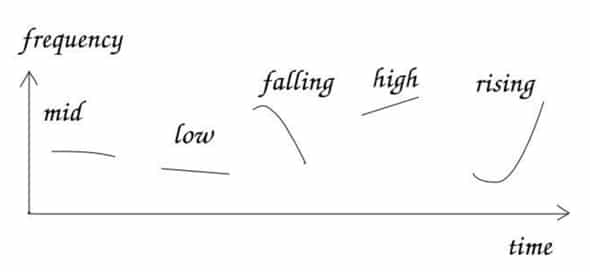
From these factors, the field has begun to assemble a picture of what predicts how a particular utterance will be socially construed by a listener, but there is still much to learn about these factors and how they interact. Moreover, clusters of variants of other variables occurring alongside a particular variant also influence the impact of that variant (e.g., Montgomery & Moore, Reference Montgomery and Moore2018 Watson & Clark, Reference Watson and Clark2013, Reference Watson and Clark2015). In the past several decades, experimental studies have examined this interplay directly, finding, for example, that how frequently a variant is used (e.g., Labov, Ash, Ravindranath, Weldon, Baranowski, & Nagy, Reference Labov, Ash, Ravindranath, Weldon, Baranowski and Nagy2011), and how likely the variant is in a particular social (e.g., Campbell-Kibler, Reference Campbell-Kibler2009) and linguistic (e.g., Bender, Reference Bender2005) context can affect how a speaker will be socially evaluated for their use of that variant. Listeners’ experiences with linguistic forms, speakers, contexts, and surrounding language ideologies accumulate in their representations, and a given form's social impact results from the interplay between these factors (e.g., Eckert, Reference Eckert2012 Ochs, Reference Ochs, Duranti and Goodwin1992 Podesva, Reference Podesva2008 Zhang, Reference Zhang2005). These findings suggest that internal constraints and stylistic congruence play a role in social signaling, and have methodological implications for the use of splicing.Ī linguistic form's social meaning is not uniform across situations but rather is co-constructed among the speaker, the listener, and the context. Results indicate that listeners showed sensitivity to (ING)'s internal constraints but only when the congruence between (ING)'s realization and other cues was not disrupted by using spliced stimuli. Focusing on English variable (ING), two accent rating experiments used stimuli varying the grammatical category of (ING) words and varying the stylistic congruence (natural sentences versus spliced stimuli) between (ING) realization and sentence frames.

This paper considers two underexamined factors together-the role of a variable's internal constraints and the role of stylistically congruent surrounding speech-to understand their combined influence on how a single variable's realization is socially interpreted. In natural conversation, multiple factors likely impact the social force of a sociolinguistic variant, yet researchers have tended to examine individual factors in isolation.


 0 kommentar(er)
0 kommentar(er)
